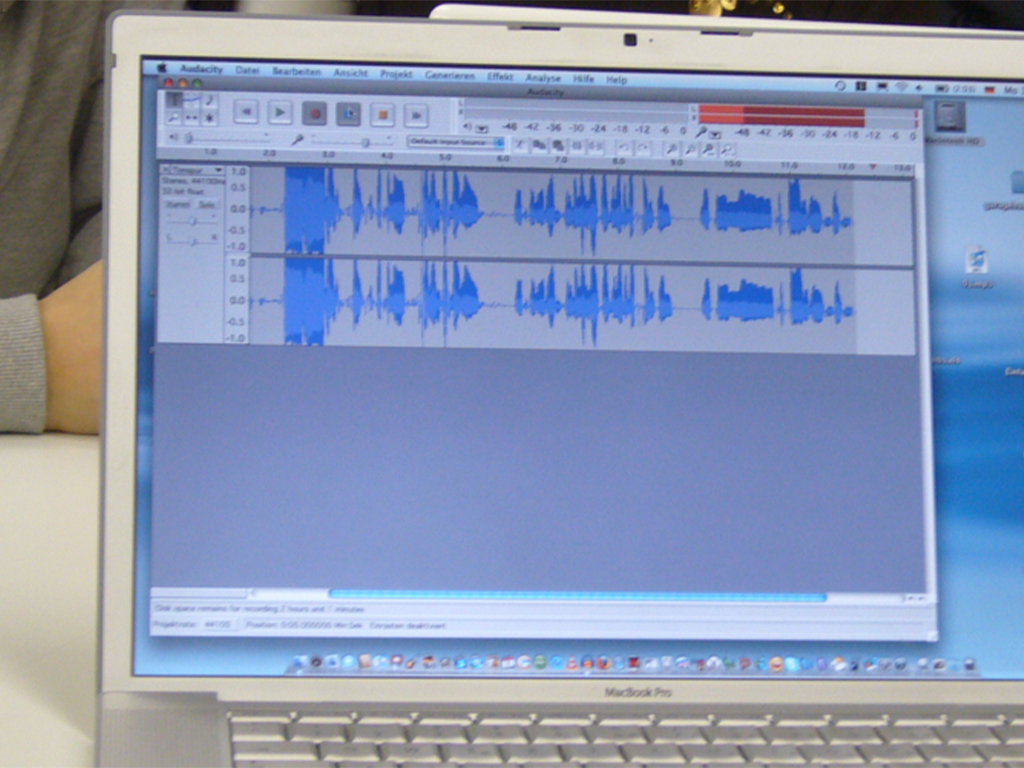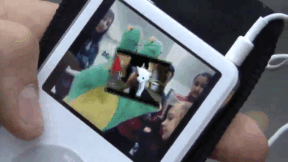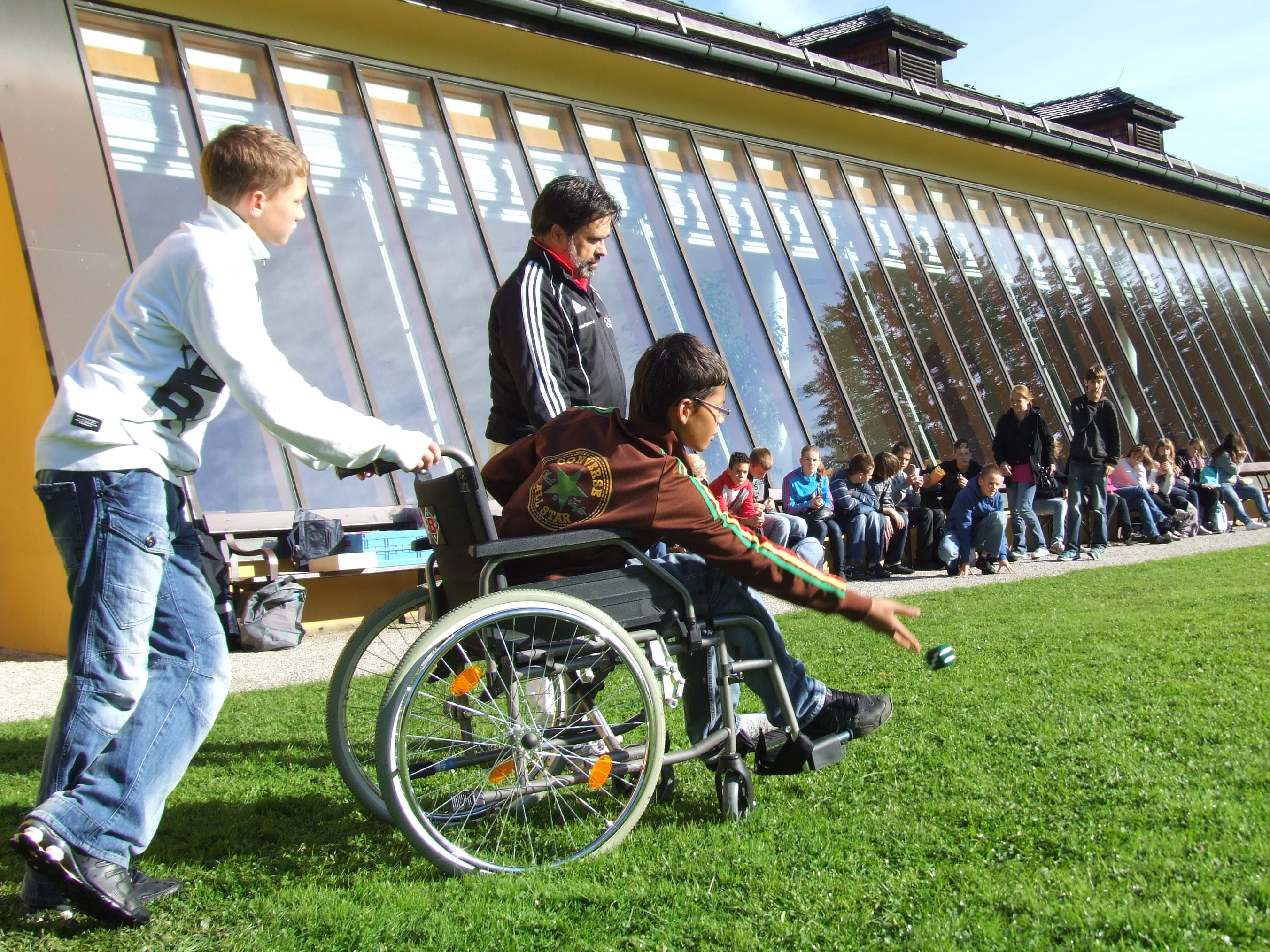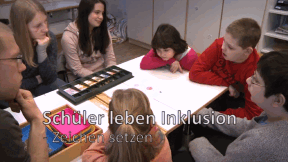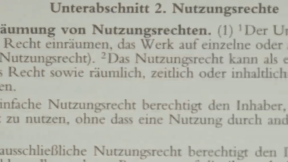 Primary School
Primary School
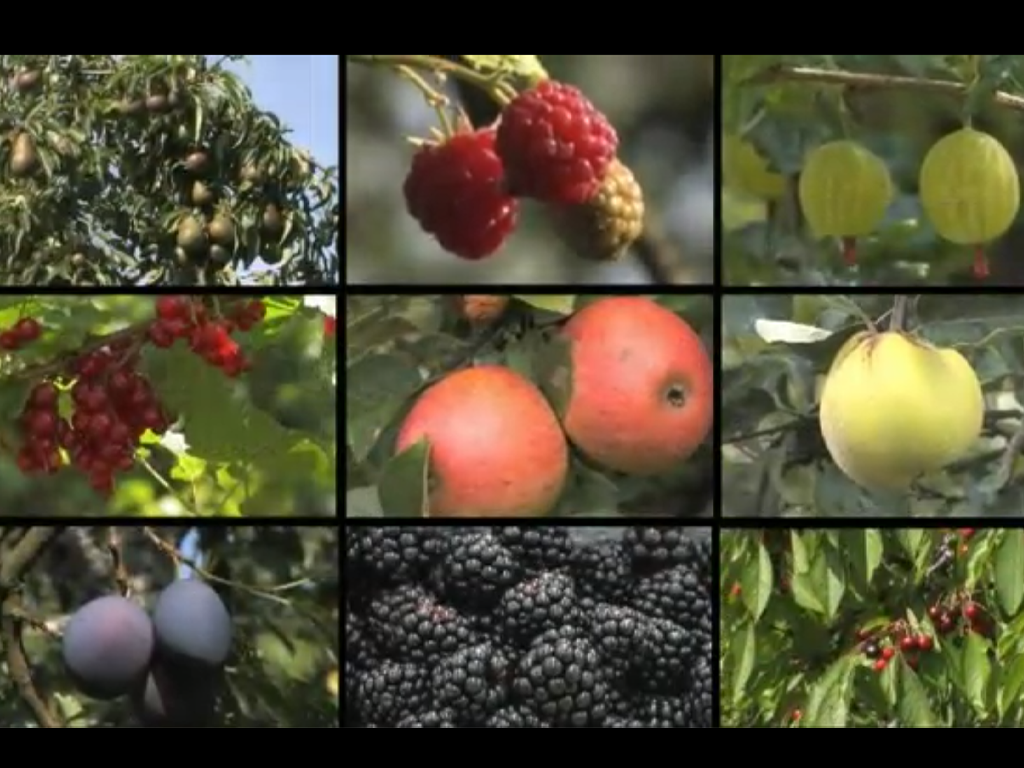

4664189 / 5553635
Domestic Fruit Species
Aggregate Fruit, Drupe, Berry Fruit
The film deals extensively with the topic “Fruit”. In a simple and comprehensible manner but with professional accuracy, it tells the primary school children about processes in nature. They learn how fruits form and develop on fruit trees and bushes. Information on domestic fruit farming is provided and they get to know the importance of fruit for a healthy diet. The film deals with the following core themes: domestic fruit species (various species, appearance, spread …), aggregate fruit (pollination and fertilisation, developmental stages of an apple …), drupe (structure and components of a cherry blossom, cherry tree transformation …), berry fruit (ingredients, harvest time, vitamin content …), methods of cultivation (plantation, orchards and their animal life …), processing (harvest, apple juice production, preparation of jam …). The film is divided into 5 menu items (chapters). Each chapter can be dealt with separately. Together with the comprehensive accompanying material, the film is ideally suited for use in lessons.
Play trailer
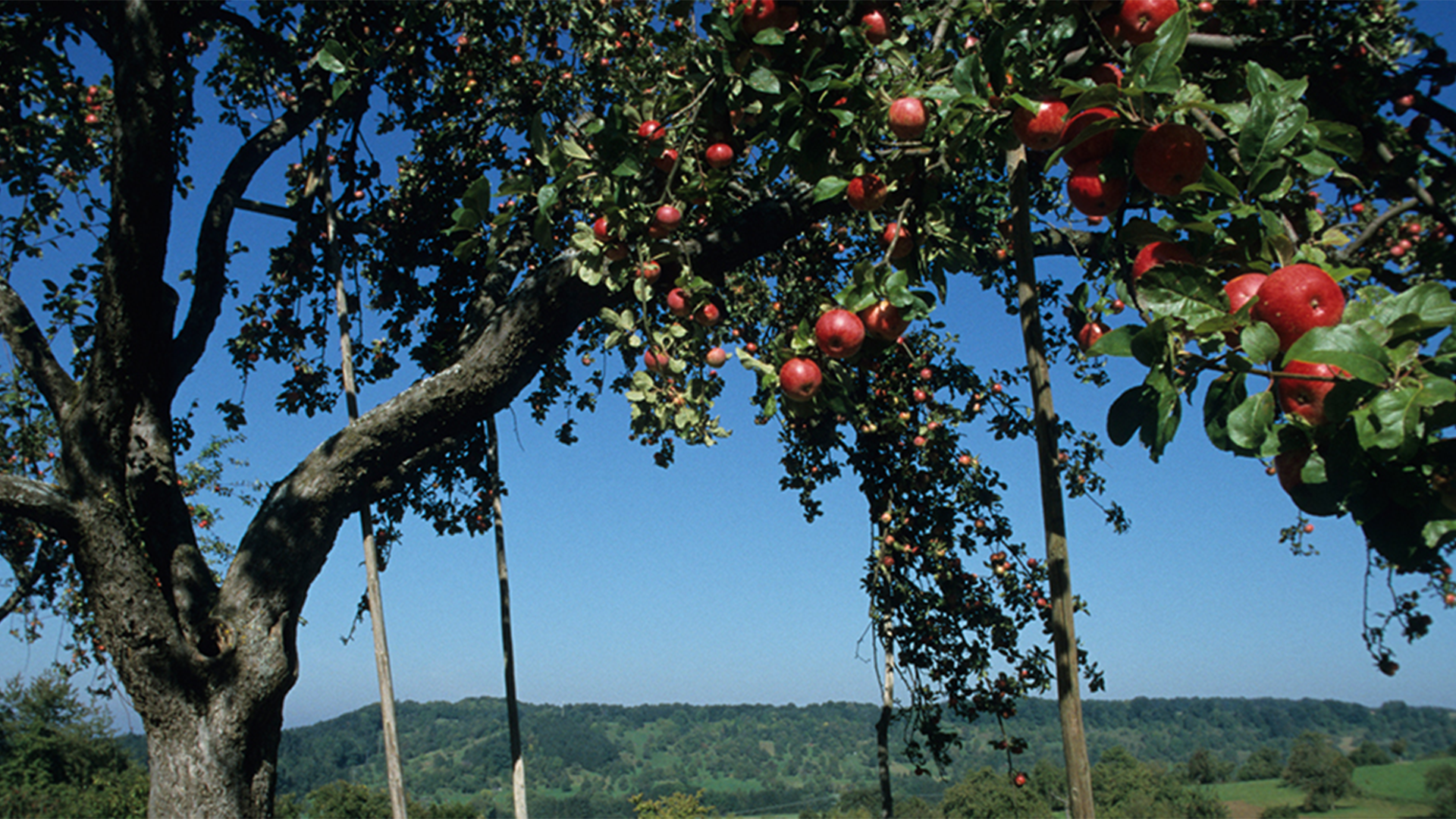
Curriculum-centred and oriented towards educational standards
Matching
Podcasting
Today, the use of new media has become a matter of course not only in everyday life – schools and teaching, too, benefit from the new technologies and methods, which support active and independent learning. Especially in computer science, ethics and language courses but also in all other subjects, modern media are a valuable pedagogic and didactic asset. This DVD uses the example of podcasts to demonstrate how the possibilities opened up by new media can be applied in the classroom and how the pupils can be taught to handle them in a competent and target-oriented manner. The film is aimed at supporting the use of podcasts at school and encourages making them. This also requires the ability to find information on the Internet and assess it. The film informs on the functionality of podcasts and technical background as well as on the teaching and learning possibilities offered by podcasts – ranging from specific contents to superordinate learning targets such as the advancement of creativity and team spirit. The DVD is a useful support for teachers applying new media and wishing to show their pupils how to handle Running Time: 20:29 ms them in a sensible way.
Pupils Practise Inclusion
When people come together, no matter under what concomitant circumstances – ultimately, it is about how these people meet and how openly they interact with one another.
Copyright
Copyright is subject to constant change to keep up with technological advances. This film enables the viewer to grasp the basic principles of this extremely intricate matter. By way of introduction, the film defines what an author is, what kinds of works there are and how long a work is protected on principle. Then the fundamental rights of an author are cited and it is shown how these are exploited in our times. In the third chapter, the respective rights are illustrated by way of practice-oriented examples of books, photos, music and films. Here, of course, an emphasis is laid on the field of education, taking into account the latest case law within the EU and Austria in particular. A further chapter highlights the problems arising with the Internet and goes into the citation law and pirate copies. All in all, in this way the viewer is made familiar with the most important basic terms and their meanings. Comprehensive worksheets and additional accompanying material invite us to deepen our knowledge of the subject.




